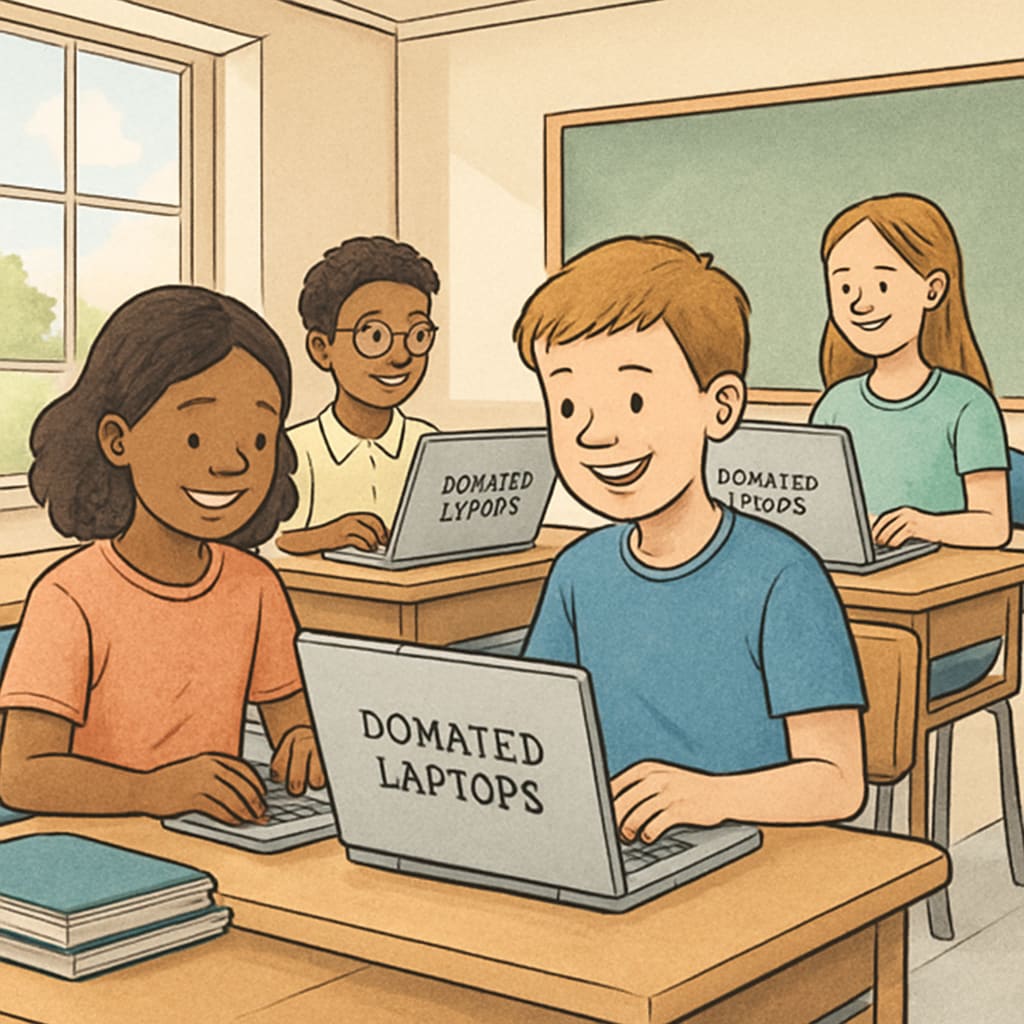In today’s education system, many teachers go above and beyond their official duties, often spending their own money to provide essential supplies for their classrooms. Supporting teachers, classroom donations, and education resources is not just an act of kindness; it is a crucial step towards creating equitable learning environments for all students. By addressing the gap between school budgets and classroom needs, we can empower educators to focus on what they do best—teaching and inspiring future generations.
Unfortunately, the reality for many teachers is stark. According to Education Week, most teachers spend hundreds of dollars annually out of pocket on supplies. This burden creates stress and highlights the urgent need for community support. By contributing to classroom donation initiatives, we can collectively make a lasting difference.
Why Supporting Teachers and Classrooms Matters
Teachers play a pivotal role in shaping young minds and creating a foundation for lifelong learning. However, underfunded classrooms often lack the resources necessary to meet students’ diverse needs. This shortfall affects everything from basic school supplies like pencils and paper to technological tools that enhance modern learning experiences. Supporting teachers and classrooms not only alleviates this burden but also sends a clear message: communities value education and the people who deliver it.
Consider the following benefits of classroom donations:
- Improved Learning Outcomes: When classrooms are well-equipped, students can focus on learning without distractions caused by resource shortages.
- Teacher Retention: Easing financial pressure on educators can improve job satisfaction and reduce burnout.
- Stronger Community Bonds: Donations connect individuals and organizations, fostering a sense of collective responsibility for education.

How You Can Help: Small Contributions, Big Impact
One of the most effective ways to support teachers and classrooms is through dedicated platforms that bridge the gap between community resources and school needs. Websites like DonorsChoose provide an easy way to contribute to specific projects proposed by teachers. Whether it’s funding books for a reading corner or science kits for hands-on experiments, even small donations can make a significant impact.
Here are some steps to get involved:
- Identify Local Needs: Reach out to schools in your community to understand their specific requirements.
- Collaborate with Organizations: Partner with nonprofits or corporate initiatives that focus on educational support.
- Spread Awareness: Use social media platforms to share fundraising campaigns and encourage others to contribute.
As a result of these efforts, teachers can focus more on teaching rather than worrying about acquiring basic supplies. Meanwhile, students gain access to the resources they need to thrive academically.

Join the Movement to Support Education
Supporting teachers, classroom donations, and education resources is an investment in our collective future. When communities come together to ensure that every child has access to quality education, the ripple effects are profound. Students grow up feeling valued, educators feel supported, and society as a whole benefits from a better-educated population.
In conclusion, every donation—no matter how small—has the power to light up a classroom and transform lives. Let’s work together to ensure that no teacher ever has to choose between their paycheck and their students’ needs. By contributing to classroom donation initiatives, we can create a brighter, more equitable future for all.
Take action today: Visit platforms like DonorsChoose to find a classroom project that resonates with you, or start a donation drive in your community. Remember, every little bit counts.
Readability guidance: This article uses short paragraphs, structured lists, and clear transitions to ensure accessibility for a wide audience. Key points are summarized in easy-to-digest formats to maintain reader engagement.


